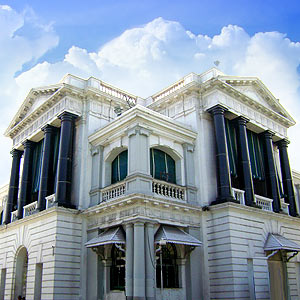
History of Madras
Madrasi is your city guide to Chennai India. From automobiles to education, from latest cars to travel, you will find it here. Look up the Chennai city portal with a difference!
| Chennai India | Transport | Chennai Real Estate | Home Issues | Education | Destination | Recreation | Chennai Hotels | Cars in India |
|
Money
Car Loans India
Chennai Real Estate
Systematic Investment Plan
Public Provident fund
Home Loans India
Indian Mutual Funds
Chennai Real Estate Prices Automobiles Tata Nano Cars in India Bikes in Chennai India Entry level Cars in India Education Engineering Colleges in Tamil Nadu Top 50 B schools in India Top Universities in America List of Australian Universities List of UK Universities Chennai Hotels Home Issues Summer Sunscreen Heat Rash Air conditioning Tips Vastu Shastra Ayurveda Treatment Travel Muttukadu Mahabalipuram Auroville Pondicherry Kanchipuram Yelagiri Yercaud Chennai Entertainment Vandalur Zoo Chennai Snake Park VGP Universal Kingdom MGM Dizzee World Queensland Amusement Park Chennai Transport Flights to Chennai Chennai Railway Chennai Bus Service Others Madras Day Chennai Yoga : Patanjalee Yoga Chennai History PIN Codes in Chennai New Chennai Secretariat Building |
Madras HistoryThe origin of Madras as we know it, dates back to a few centuries - about 350 years. Prior to that, small villages existed for well over 1000 years in a cluster of civilization. Villages around Temples like Parthasarathy in Triplicane and Kapaleeswarer temple in Mylapore near the southern coast and Marudheeswarer Temple in Thiruvanmiyur were in existence for several centuries long before the Europeans arrived here. The first Europeans to reach the shores of Madras were, as usual in this part of the world, Portuguese. They built a church in Saint Thomas Mount enshrining the Bleeding Cross. And then they went further down to Little Mount where they built another small church in 1551 where St.Thomas , the disciple of Jesus Christ was hiding in a cave from his persecutors before being martyred in St.Thomas Mount. One Francis Day, a member of the Masulipatnam council undertook a journey down the east coast of south India looking for a promising place. He found one near Poonamalee, ruled by one Damarla Venkatapathy Nayak, a local chieftain. He had chosen a village called as madraspatnam. The fort built by Francis Day was called as Fort.St.George as it was finished at the festival of St.George - 23rd April, 1653. The settlement soon occurred around the Fort and the new town was called as Srirangarayapatnam, named after the nephew of Venkatapathy Nayak, Srirangarayalu. Some seek to distinguish the name of chennaipatnam and madraspatnam as two different settlements. Chennaipatnam was the predominantly Indian town adjacent to town around the Fort, which went under the name of madraspatnam. But the origin of the Name Madras is mired in some folklore. Some attribute the name Madras to the small church built by the Portuguese dedicated to the Mother of God - Mãe do deus , whereas others ascribe the name to a local village chieftain Maddarasu. Be that as it may, Madras rose in stature and power with the rise of British Empire. Many colleges, hospitals and prominent landmarks were established in tune with the rising importance. Towards the end of 19th century, Madras was clearly established as an important hub in South India. Despite its hot and humid climate throughout the year, the British chose this city as it provided - a relatively docile populace still clinging to the old glory of its Tamil Kingdom, a natural harbour which made easy access to the maritime colonial power's reach and the position it occupied almost in the center of a region controlled by the British. Madras population consisted of people from many parts of the South India and from North. The Tamil language they spoke borrowed many words from all these languages and became a dialect - Madras Tamil. Despite the amalgamation of so many cultures, Madras remains a conservative middle class south Indian city even to this day. |

|